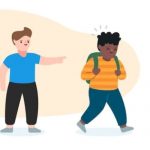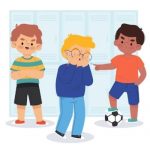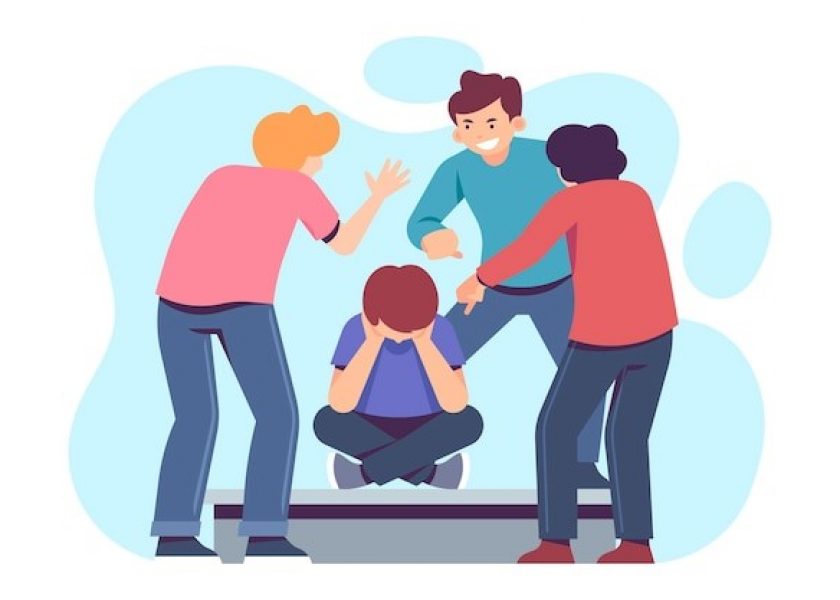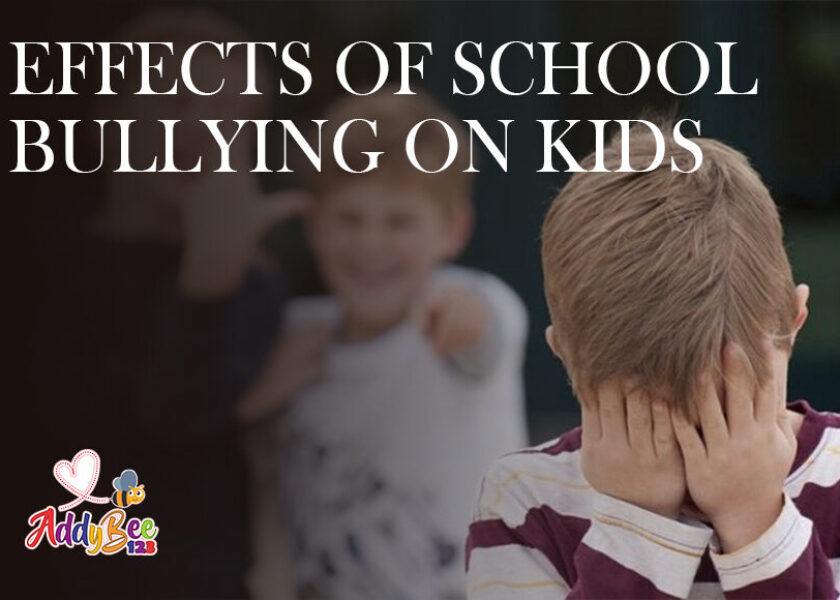
What is Considered Child Abuse: Signs, Prevention, and Support
Child abuse is a serious issue that affects countless children worldwide. Recognizing the signs of child abuse, taking steps to prevent it, and providing support to victims and their families is crucial in safeguarding children’s well-being. In this blog, we’ll delve into understanding what is considered child abuse, identifying signs of abuse, strategies for prevention, and the importance of support.
What is Considered Child Abuse?
Physical Abuse
Physical abuse involves intentionally causing physical harm or injury to a child. Signs may include unexplained bruises, burns, fractures, or injuries inconsistent with the explanation given. Children who display fear of a specific person or exhibit aggressive behavior may also be experiencing physical abuse.
Emotional Abuse
Emotional abuse undermines a child’s self-worth, emotional stability, or mental well-being. Signs may include frequent belittling, humiliation, rejection, or constant criticism. Children who exhibit extreme behavior, low self-esteem, or social withdrawal might be victims of emotional abuse.
Sexual Abuse
Sexual abuse refers to any sexual activity imposed on a child by an adult or older person. Indicators can include unexplained knowledge or interest in sexual acts inappropriate for their age, sudden changes in behavior, excessive secrecy, or physical symptoms in the genital area.
Promoting a Safe Environment
Education & Awareness
When it comes to asking the big question, “What is considered child abuse?” education plays a vital role. Similarly, raising awareness about child abuse and its consequences is crucial. Providing information to parents, caregivers, teachers, and communities helps them recognize signs of abuse and take appropriate action. Education on positive parenting practices and healthy relationships can also be beneficial.
Reporting and Intervention
If child abuse is suspected or witnessed, it’s essential to report it to the appropriate authorities, such as child protective services or the police. Prompt intervention can help protect the child from further harm and initiate necessary support services.
Counseling and Therapy
Child abuse survivors often require professional counseling and therapy to address the psychological and emotional impact of their experiences. Therapeutic interventions can help them process trauma, rebuild self-esteem, and develop healthy coping mechanisms.
Empowering Children through Boundaries and Safety
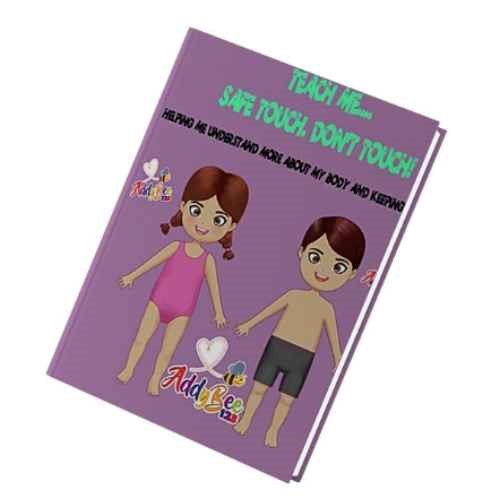
Sharon Linen’s book, “Teach Me… Safe Touch. Don’t Touch,” is a valuable resource for teaching children about personal boundaries and safety. It employs age-appropriate language and engaging illustrations to help children understand the concept of safe and inappropriate touch.
By using this book, parents, caregivers, and educators can facilitate open conversations about boundaries, consent, and personal safety, empowering children to protect themselves. In a nutshell, this book possesses considerable value as a precious resource when dealing with the subject of “What is considered child abuse.”
Conclusion
Child abuse is a grave concern that demands our attention. By understanding what is considered child abuse, recognizing the signs, implementing prevention strategies, and providing support to victims, we can work towards creating a safer environment for all children. Additionally, resources like Sharon Linen’s book can significantly educate children about personal boundaries and empower them to stay safe. Together, we can make a positive impact in combating child abuse and ensuring the well-being of future generations.

